How and at what rate do nails grow?
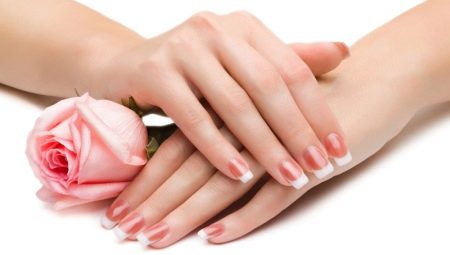
It would seem that such a thing in the familiar to all parts of the body - nails, but there are even whole sections of science devoted to their study. The anatomy of the nail is not as simple as it seems. Our nails have important functions. The main one is protective. Let's talk about how nails on a person's hands should grow and form correctly, we will understand the possible causes of deviations from the norms, we will reveal the secrets of preventive measures to improve and strengthen.
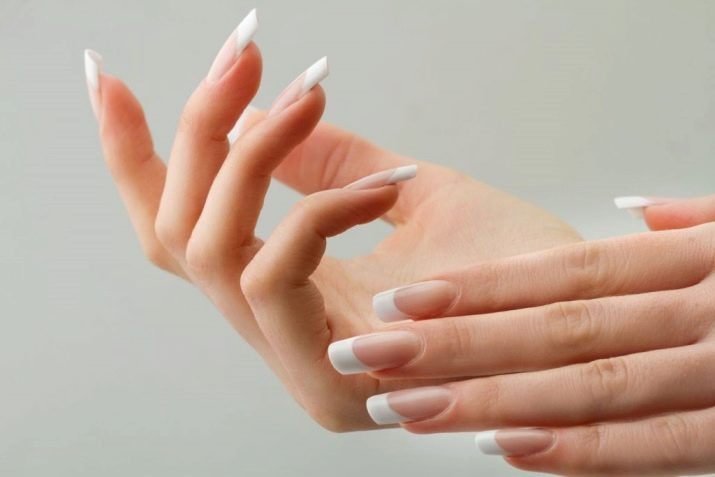
The structure of the nail plate
The nail is not at all a simple part of the body. No matter how familiar its structure may seem, it is not so in reality. The nail is a corneal formation, similar to the claw or hoof of an animal. Its location is the nail bed, from where it grows.
The primary source of the solid end of the fingers is the matrix (matrix). This part is responsible for the formation of new nail tissue, from which the growth of the plate begins. The second base of the nail is the root. It is located in the nail crevice. The part we see is the body of the nail itself and the free edge (the part that grows over time). The root is large enough: it reaches 25–30% of the visible length of the nail plate. Several blood vessels are suitable for the nail bed, or rather, its matrix, which are responsible for its nutrition and healthy natural color. The folds of skin on both sides are called nail folds.

The familiar word "cuticle" refers to the thin layer of skin that attaches the folds of the skin to the nail and holds the nail plate in place in the bed at the free edge. The cuticle protects the nail from infections and harmful bacteria. The structure of the nails on the hands and feet is no different, except for the shape.There are also differences in the functional set: for example, on the hands they are designed to perform time-consuming, complex small movements, improve the fine motor skills of the fingers, and on the legs, the main purpose is to protect the fingers from minor injuries. Today, nails also carry an aesthetic load: well-groomed fingers and toes have become an obligatory attribute of a self-respecting woman. The male population has also not rejected the hand beauty industry lately.
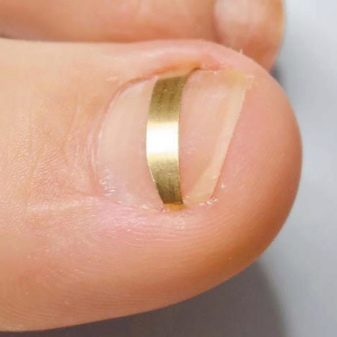
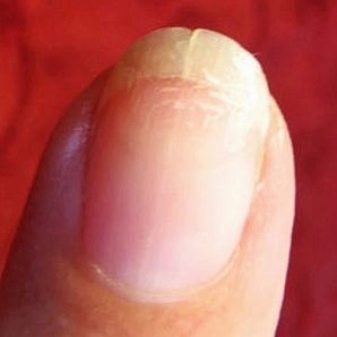
Having an understanding of how the nail works, what affects its growth and health, it is possible not only to choose the right care for the nail plates, but also by their appearance to determine the overall health of the body.
How do nails grow?
Human nails grow throughout life. They have the ability to regenerate and regrow fully in case of serious injury. Exception: significant damage or complete destruction of the nail matrix will completely stop the growth and development of the stratum corneum. The average thickness of a human nail is 0.3-0.4 millimeters. Note that its thickness among the stronger sex is slightly higher than that of the fair half of humanity. But such an indicator as the growth rate is exactly the opposite: female marigolds grow much faster than male ones. These two main parameters are also influenced by the age of a person, the peculiarities of his profession, and the actions performed by his hands on a daily basis.
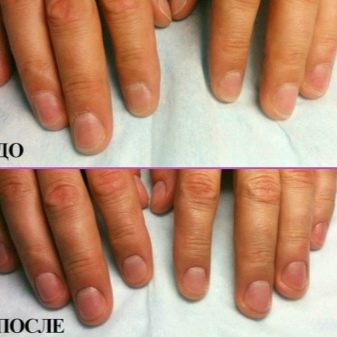
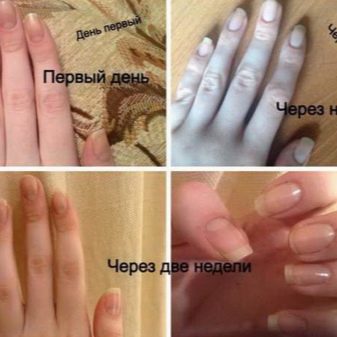
Growth of the nail begins with cell division in the matrix. The so-called onychoblasts are formed there. Onychoblasts are cells that are identical to each other. The adult mother cell is divided into two: one of them will continue to function in the matrix and further, and the second moves upward. This process is repeated over and over. The newly formed cells displace the old cells, which determines the growth of the nail forward with the free edge.

Initially, new cells are round and whitish in color. Their clusters can be seen: white semicircles at the base of the nail - lunula (or holes, as we call them more simply). During the life of new cells, chemical changes are carried out inside them, under the influence of which their visual shape and color change. Nails are laid even during the period of intrauterine development of the fetus, and then growth continues throughout life. The growth rate can vary depending on the season, diet, heredity, and the presence of diseases.
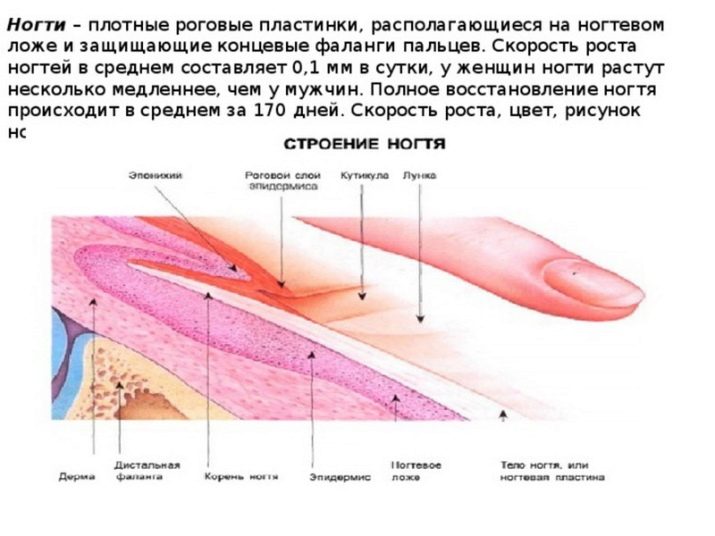
Speed
The average growth rate of a nail in a normal state is 1 millimeter per week. That is, in a month in a healthy person, it grows by about 0.5 cm. On the toes, they grow somewhat slower than on the fingers. If the nail plate is completely removed, then the regeneration will take on average about six months. Many factors affect the growth rate of the nail plate. The main ones include:
- age;
- the presence of chronic diseases;
- the use of medications;
- finger injuries;
- heredity.

It is believed that nails grow in a person throughout his life. But it is not so. If you completely stop trimming the regrown part, then after some time growth will slow down significantly. Having reached a certain length, the nails will stop growing at all. This is confirmed by those who got into the Guinness Book of Records. The growth rate is also influenced by which particular finger is in question. There is a regularity revealed by scientists: the longer the fingers themselves are in a person, the higher the rate of growth of nails. It was also revealed that the growth of the nail plate on the thumb and little finger is slower than on the others.

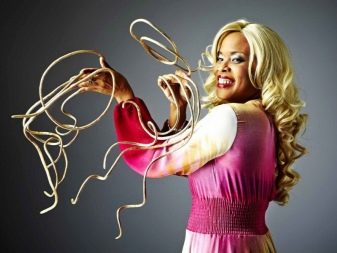
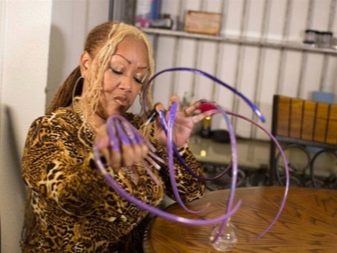

There is a lot of interesting information about the growth of nails and the factors affecting this process. Most of them are true.
Reasons for improper growth
Ideally, nails should have a flat surface, a healthy color, and a correct geometric shape.For various reasons, sometimes beyond the control of the person himself, they can grow incorrectly (bend up or down, have external defects, grow crooked, in waves in width, for a long time or not at all). Deformation of the nail plate - all sorts of changes on the surface of the nail, which are caused by external and internal reasons. More often than others, there are such disadvantages as:
- the presence of grooves (longitudinal or transverse);
- excessive bulge of the nail;
- spoon-shaped nail plate with depressions;
- flat nails.
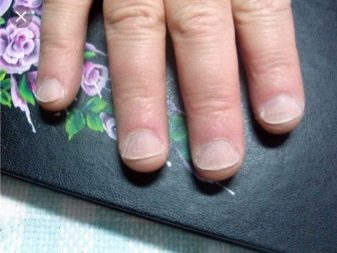
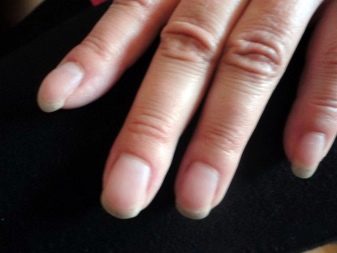
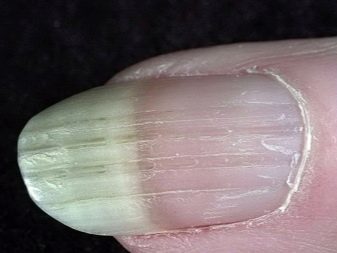
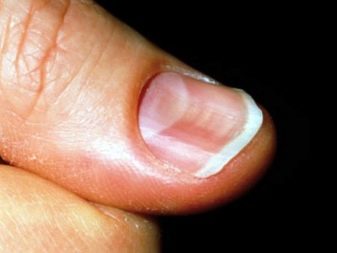
Specialists (dermatologist, mycologist, podologist) can determine the causes of deformation. Sometimes, in severe cases, surgery may be required (correction or complete removal of the nail). Let us dwell in a little more detail on the causes of nail diseases.
The child has
Children of all ages often have spoon-shaped nails. This defect is called koilonychia. This deviation in childhood does not require special treatment. For children, this is a normal phenomenon that will pass with age: as the body grows, the nail plates will take on a natural healthy appearance and color. A frequent occurrence in infants is the so-called Bo lines, fragile and brittle marigolds, age spots on the nail plates. Childhood immunity, which is not fully developed, may not protect the child from fungal bacteria. This can be facilitated by many factors, including domestic, or diseases of internal organs.
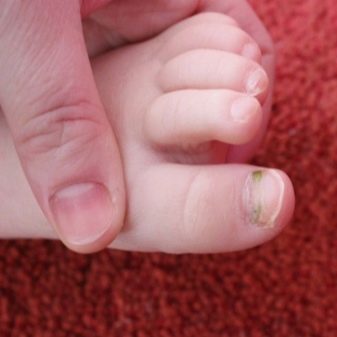
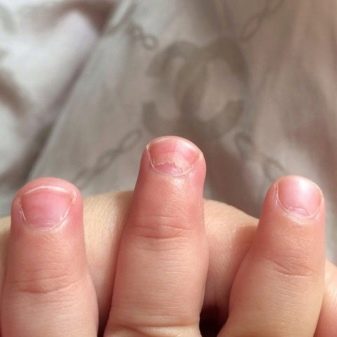
A child should not be allowed to walk with bare feet in crowded places. You should not wear someone else's shoes, you should wash hosiery more often, since sweating of the feet creates favorable conditions for the reproduction of harmful bacteria and fungi. The child's tight or uncomfortable shoes, accidental injuries, contact with a carrier of a fungal disease can also contribute to the deformation of the nails. The health of children's fingers is also affected by the lack of vitamins and minerals in the body. Calcium and iron are especially important in this regard: it is their lack that causes changes in the structure of the nails in a child.

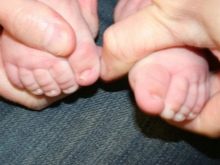
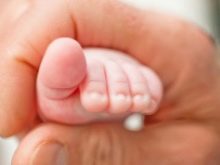
Internal diseases that can affect the state of children's fingers include anemia and disorders in the adrenal glands, metabolic disorders in the body. In any case, in order to avoid complications and aggravate the situation, it is worth showing the child to a specialist at the slightest suspicion of a deviation from the norm of the state of the nail plates.
A woman
The fair sex worries about nail problems more than anyone else. Ladies of all ages today strive to keep their pens in order. One of the reasons for problems with nails can be improper care or a complete lack of it. Contamination or, on the contrary, excessive effort, leading to injury to the nail and the skin around it, can cause the appearance of pathogenic microbes. These bacteria can ultimately damage the nails and cause them to deform. Women can suffer from unsightly nails because their hands are often exposed to household cleaning products. Many are uncomfortable doing household chores with gloves, which is why delicate hands suffer as a result.
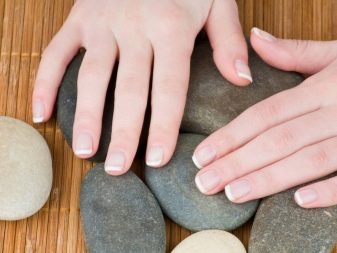
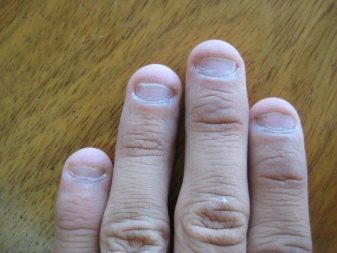
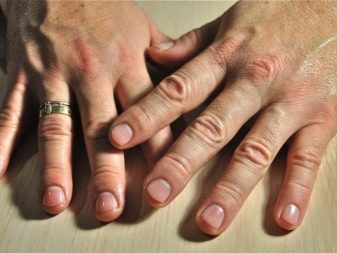
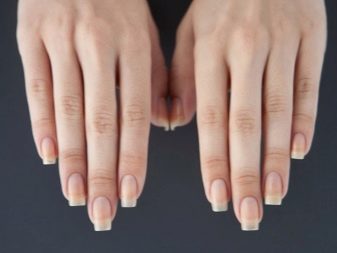
The desire to always be fashionable and in heels sometimes leads to unpleasant consequences in the form of curvature of the toenails. Uncomfortable footwear that constricts the foot, high heels - all these are factors for the development of unpleasant symptoms and diseases. Most often, the thumbnail suffers. The beauty industry makes its contribution in the sense that sometimes, due to frequent extension procedures, excessive decoration, nails become thin, weakened, and uneven. Therefore, women should carefully choose salons and masters for such procedures, as well as be careful when choosing cosmetics for hand and nail care.

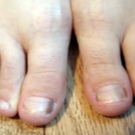
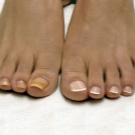

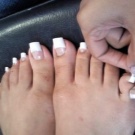
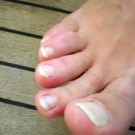
Prophylaxis
You can often hear the phrase that our nails reflect the internal state of the body. Therefore, it is important to monitor your health, take proper care of them. Not everyone is scrupulous about their hands and follows the simple recommendations of doctors for care and hygiene, which ultimately leads to the most dire consequences. There are absolutely simple preventive measures that will prevent nail problems: it is better to prevent troubles than to deal with treatment later. In a humid environment, fungi and bacteria spread much faster. Hence the conclusion: keep your hands and nails dry.

In the modern world, stress and anxiety are pursued at every step, and many people acquire the habit of biting their nails. Firstly, it is unpleasant for others, and secondly, it is harmful and dangerous to health! The aesthetic appearance of the hands will be clearly spoiled, besides, you run the risk of introducing dangerous bacteria not only into the area of the nail bed, but also swallowing them, causing an upset of the gastrointestinal tract. Note that this habit belongs to the category of nervous diseases - visit the appropriate doctor.
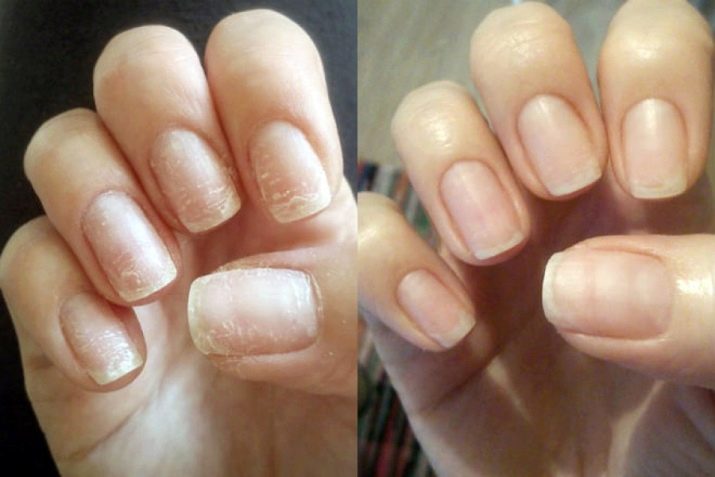
If you moisturize the cuticle growth area on your fingers every day, your nails will clearly thank you. Vitamin E is especially important: it is a source of nutrition for the nail plate and a natural antioxidant. When removing decorative varnish from the surface of the nail plate, try to use products that do not contain acetone - it is very dry. Monitor your diet. Balance, variety, eating a sufficient amount of vegetables and fruits will clearly benefit not only your hands, but the entire body as a whole. Lack of vitamins and minerals primarily affects the nails, hair and skin of a person.

Maintain the body's water balance: drink the daily rate of water (namely water!) per day. This is about 1.5-2 liters. However, soups, tea and coffee are not included here. If you notice problems with nails on the hands or feet, ingrown plates, then in no case do not self-medicate - immediately contact the right specialist. Make cosmetic procedures, manicure and pedicure only in those salons and studios that are time-tested. This is a list of the simplest tips and tricks to help you avoid troubles with your nail health. It is not that difficult to follow them.
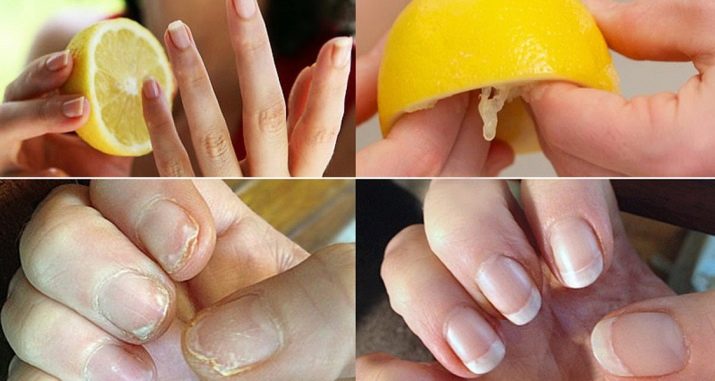
Well-groomed handles have always been and will be a sign of cleanliness and human health. This applies not only to women, but also to men. Nails grow almost all the time. But many factors, both external and internal, affect their appearance and health. Knowing the main risk factors, following simple tips and tricks, it is not so difficult to keep your nails healthy.
For information on how to grow nails and why they are hard, see the next video.








